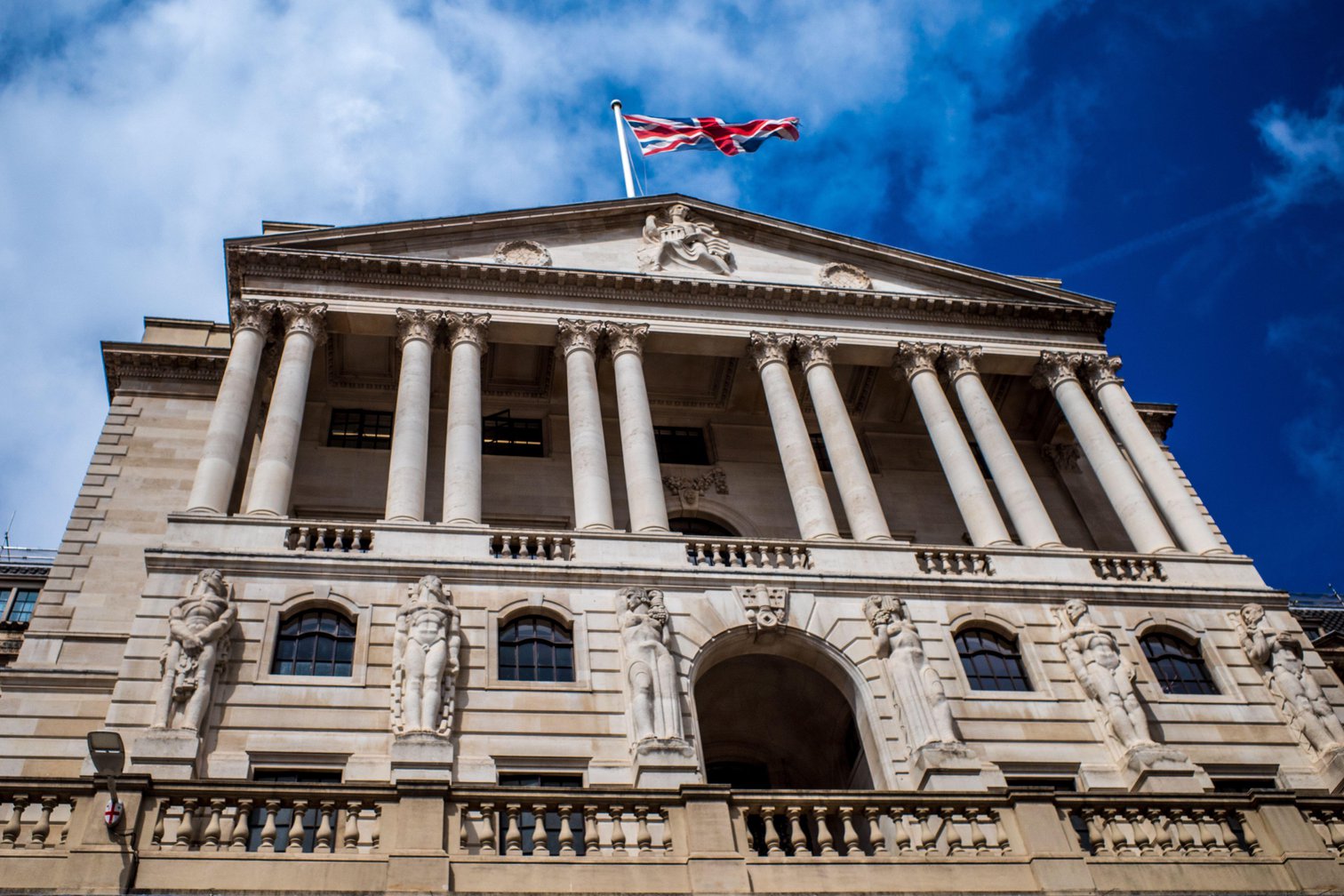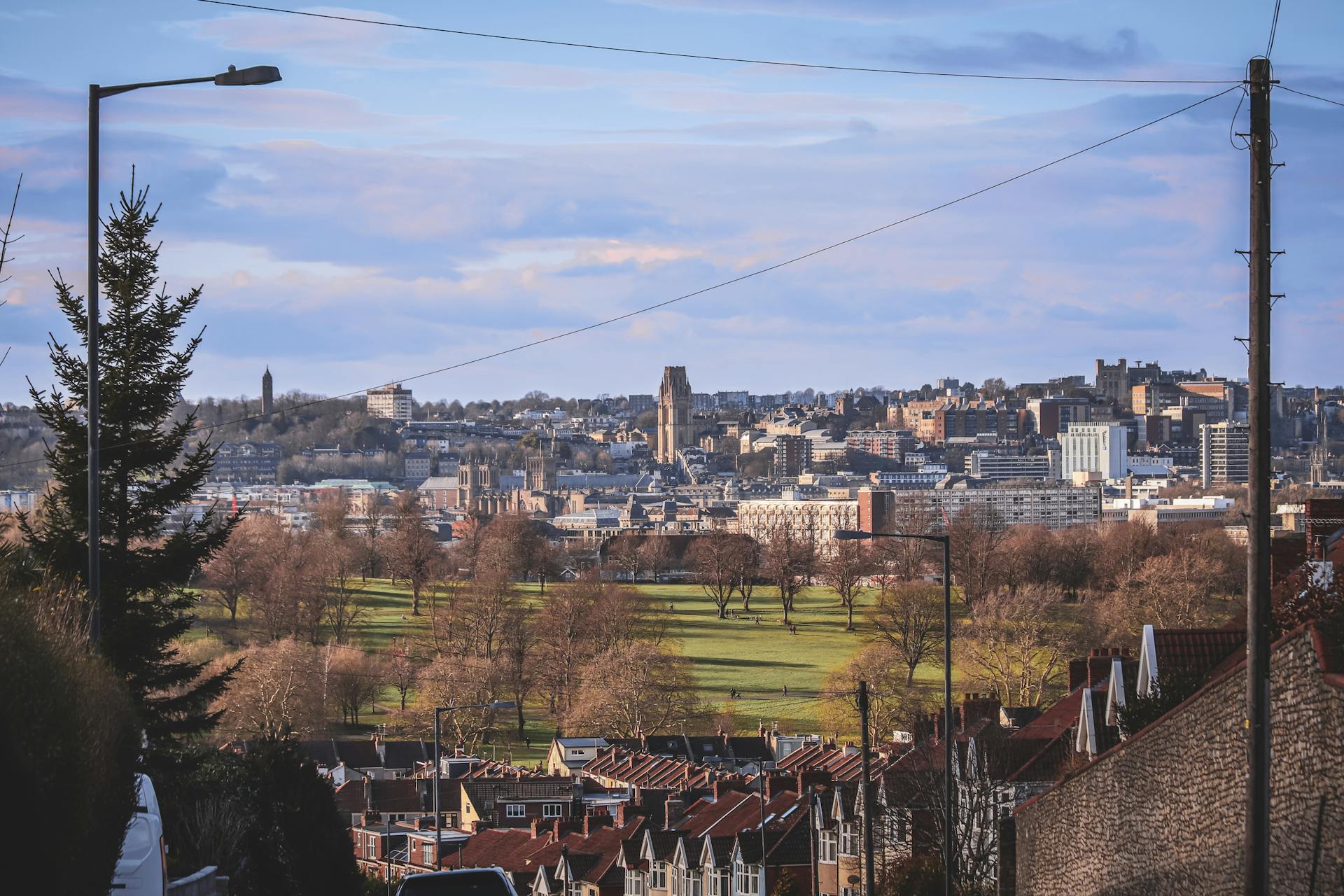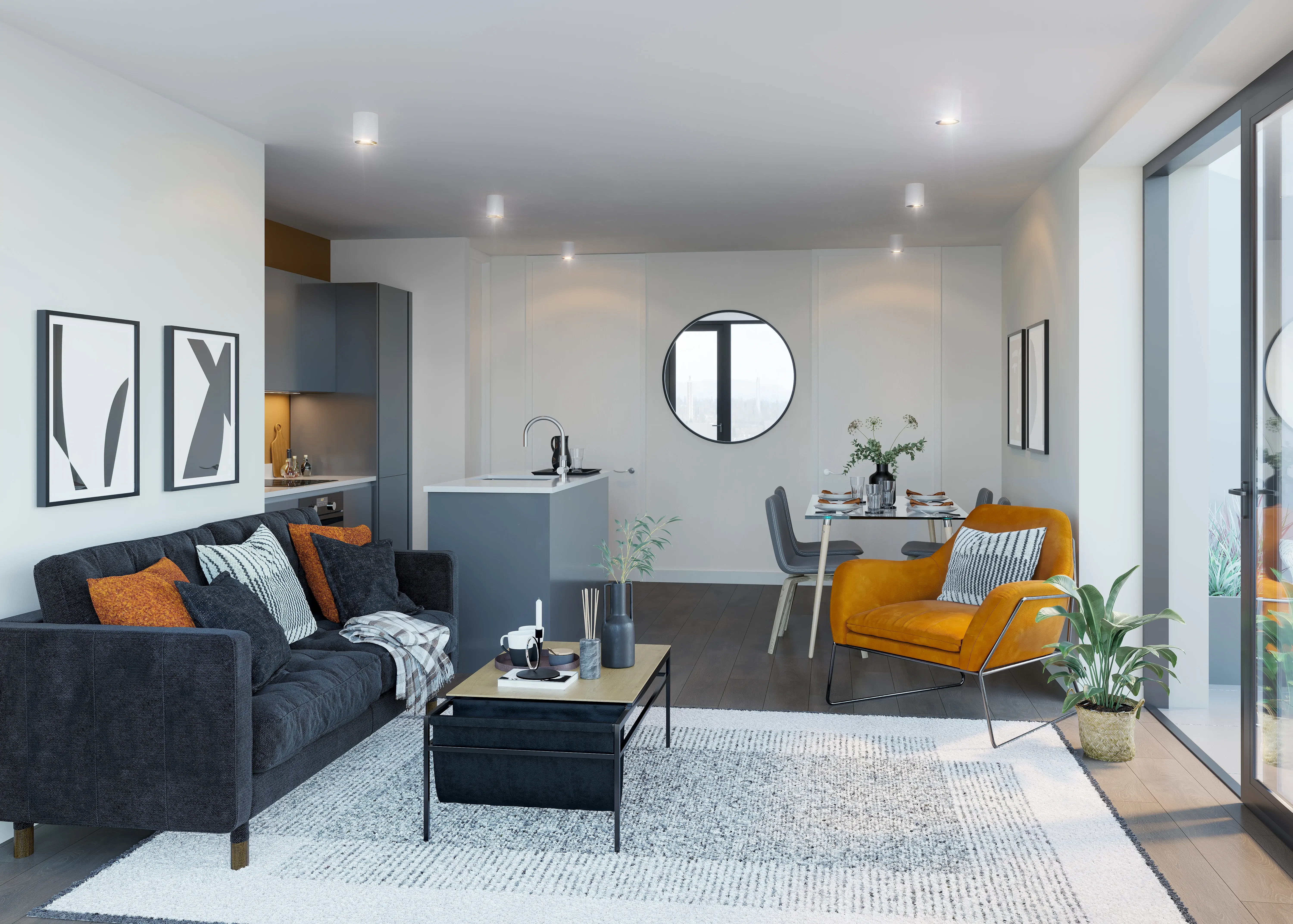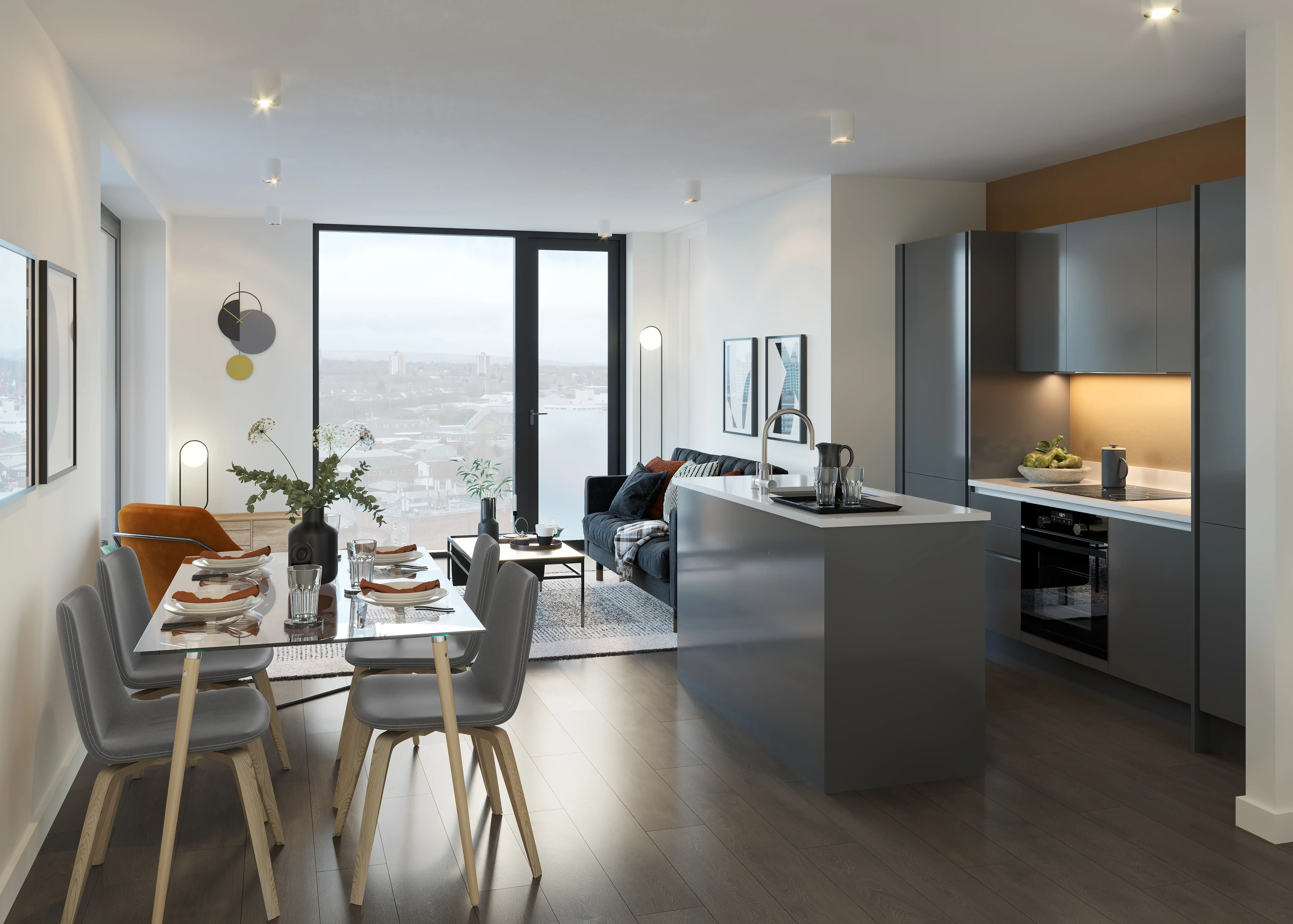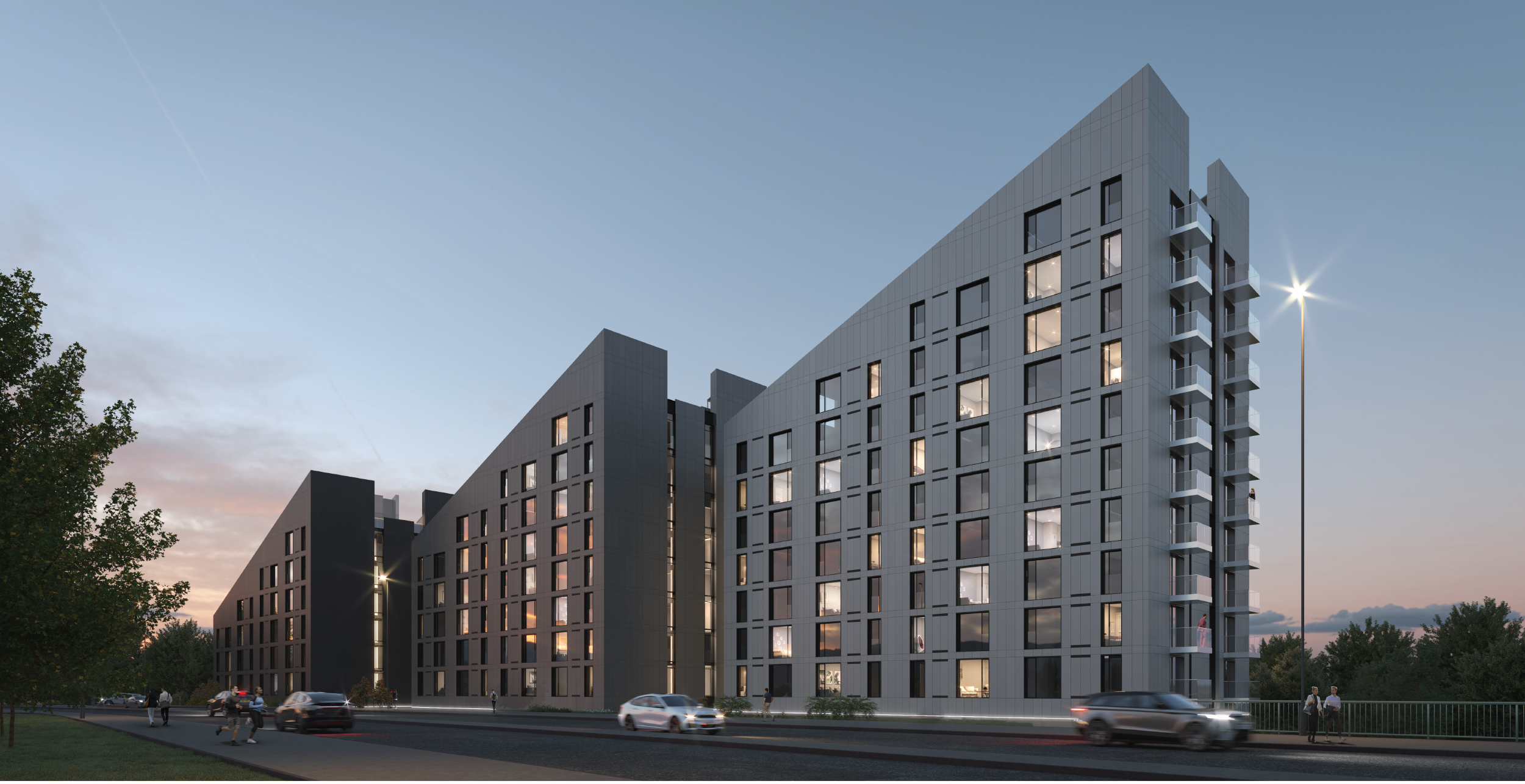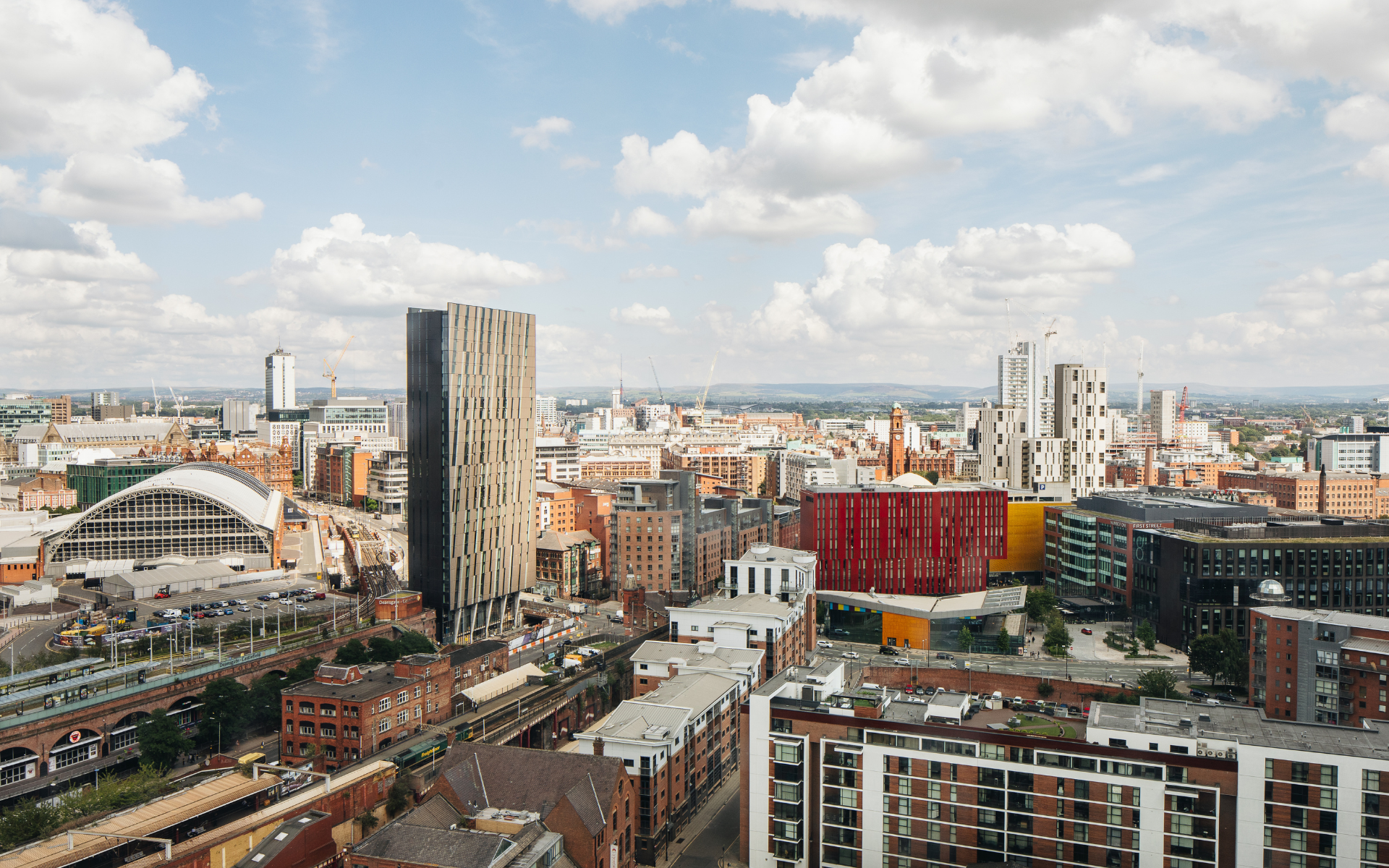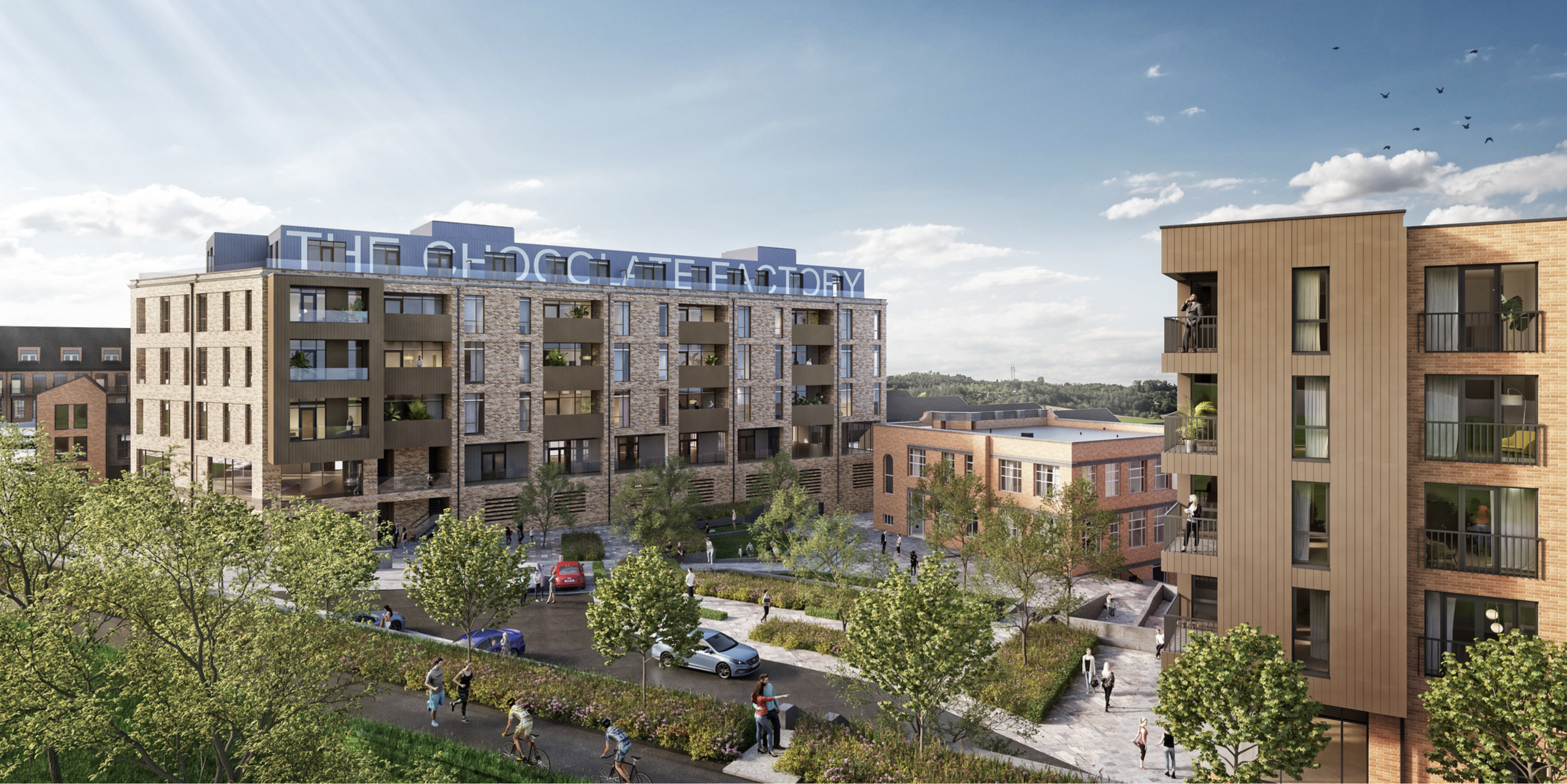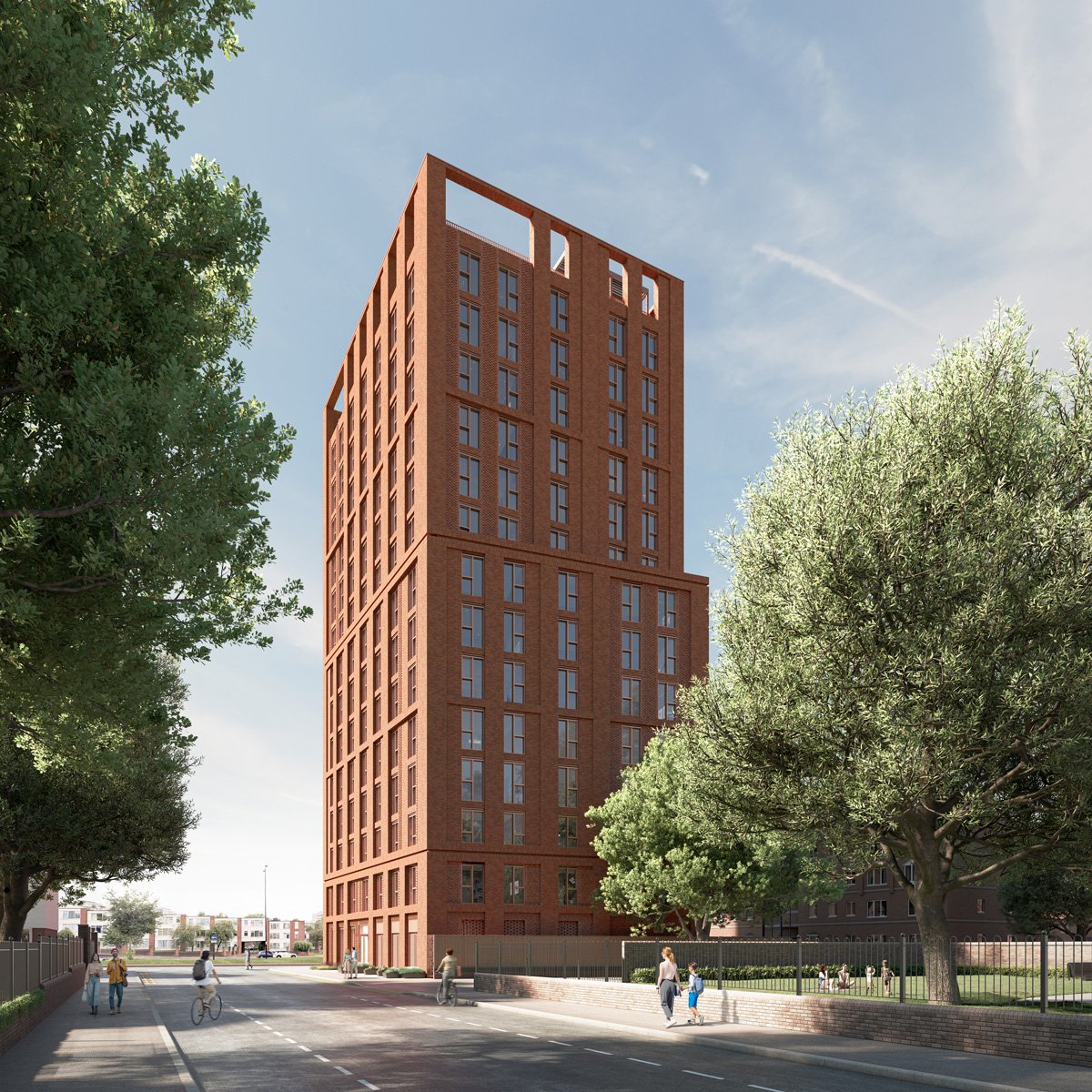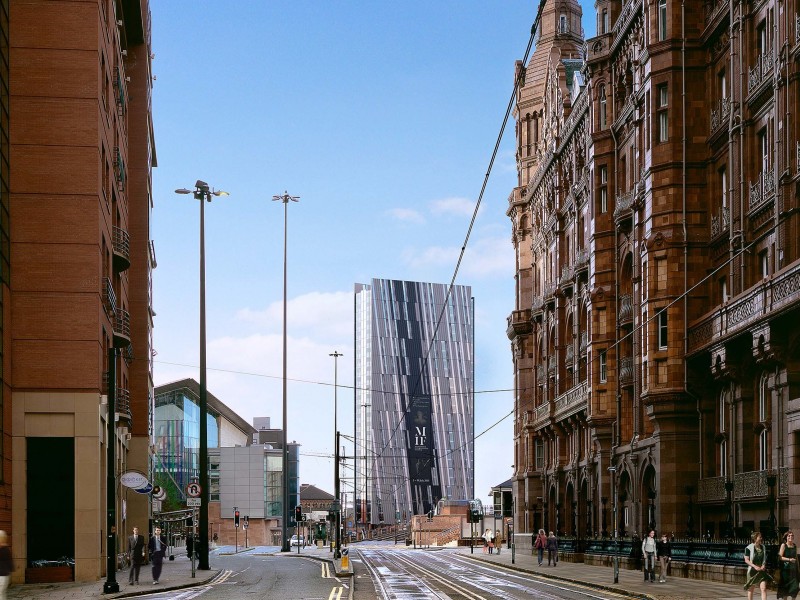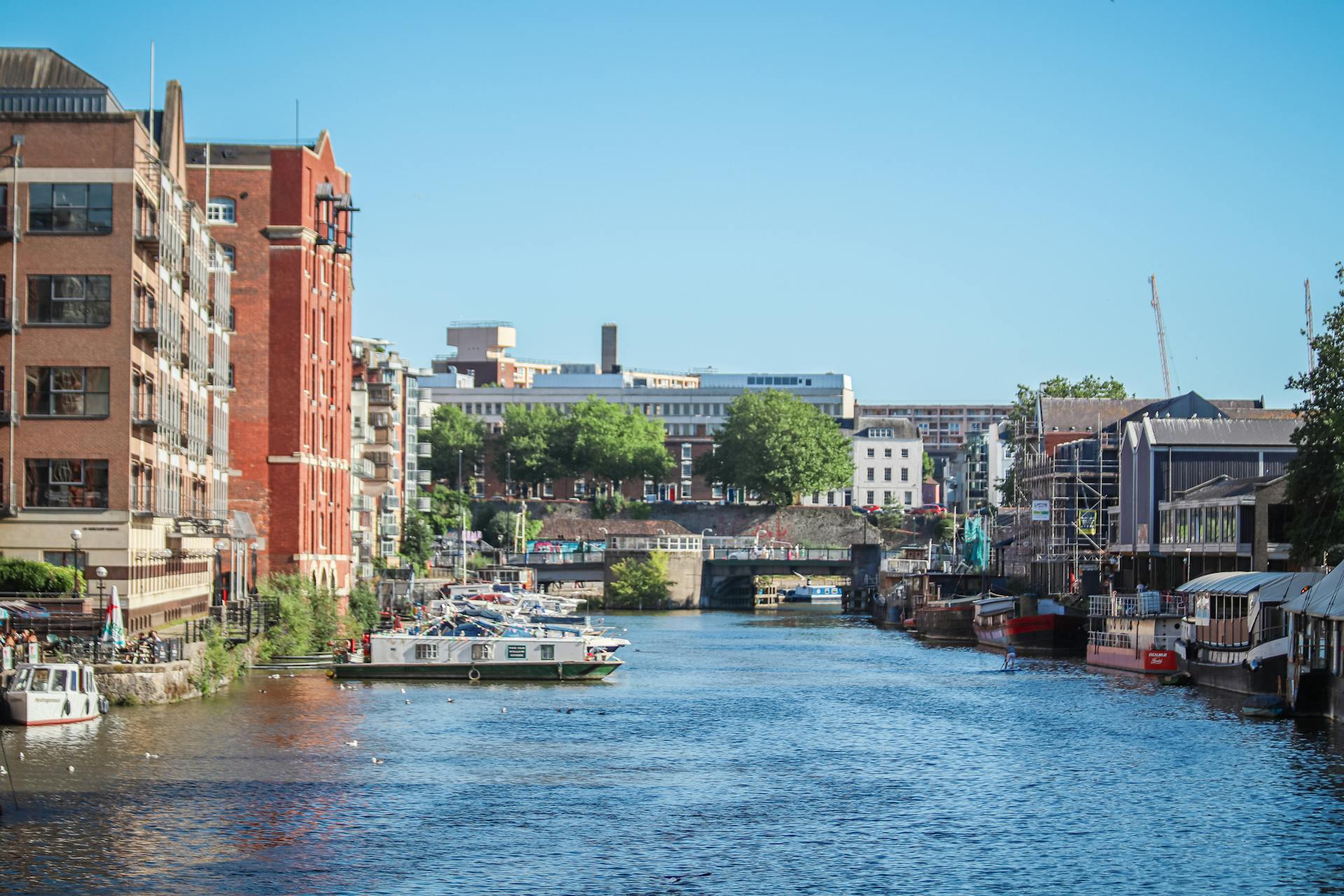5 reasons to invest in student property
Purpose-Built Student Property, or PBSA as it’s often shortened to, has become an enormous business in recent years. The latest figures reported show a large increase in demand, value and capital gains.
Yet still now there remains a huge divide between the demand for student beds and the amount of student beds available. Despite massively increased activity within the PBSA market, with universities, local council and government allowing much more private building and investment, lack of good student accommodation remains an issue for many of the top institutions around the country.
With Brexit on the horizon, some in higher education had expressed concerns that protracted negotiations would dissuade EU students from applying until the future was more certain. Despite those early fears, there has been no real evidence of a slowdown in applications to UK universities from the EU either, which has meant that the problem has been exasperated in some areas.
Whilst it clearly isn’t good news for students who often find themselves rushing to secure the best accommodation, it’s certainly good news for PBSA investors, who have watched the asset class go from something of a niche a decade ago, to one of the highest performing in property.
If you’re considering investing into PBSA, here are our five top reasons why you should enquire today:
1. Rising student numbers
The most recently published figures from the Higher Education Statistics Agency (HESA) show that first degree courses remain the most popular type of higher education, rising every year since 2012.
Considering that the vast majority of PBSA users are first year undergraduate students who are studying their first degree, this shows clear evidence of rising demand for student beds, whilst the sector struggles to keep pace.
According to Universities UK, in 2017–18, there were 2.34 million students studying at UK higher education institutions, with 1.77 million being undergraduates. 165 higher education institutions report their figures to HESA, so it’s not difficult to see the shortfall.
In its own most recently published figures, the Office for National Statistics (ONS), has reported that “in the period March to May 1992, there were 984,000 people aged 18 to 24 in full-time education. In May to July 2016, there were 1.87 million, approximately 1 in every 3 people, aged 18 to 24 in full-time education.” This means that the total student population has almost doubled in that time.
Whilst nothing is certain, we can say with some confidence that given recent trends, it’s likely that student numbers will continue to rise, so it’s also reasonable to assume that demand for PBSA will follow.
2. Scarcity of availability
According to recent UCAS figures, “the number of PBSA bed spaces has risen to 627,115 in 2018/2019, with a total of 31,348 new beds being delivered for the academic year. A total of 36,000 beds are expected to be delivered in time for the 2019/2020 academic year.”
The point remains that most PBSA builders and providers agree that the sector faces certain challenges with regard to achieving planning permission, as well as finding appropriate land to build or redevelop.
In summary, the number of students requiring accommodation, especially since the government lifted the cap restricting the amount of new students universities can accept, is very often much more than are available.
For example, it was recently reported that the University of Reading was being forced to pay for hotel accommodation due to lack of provision for new students. The university’s own accommodation was full and a high number of new students couldn’t find PBSA either.
This isn’t an isolated incident either, with a number of similar stories being told across the country. The basic fact is that supply currently isn’t meeting demand, and that is often good news for investors.
3. Returns
Generally speaking, PBSA offers very strong, very solid returns. It’s one of the main factors that’s contributed to it’s surge in popularity in recent years.
Of course, we can only go from reported averages, but in most cases you’d be expected to earn at least 4% in yields, and anywhere up to 8%, depending on location and demand.
According to Savills most recent research, “the volume-weighted average yield in 2017 was 5.7%, reflecting a 4.5% spread to 10-year gilts.”
Even taking into consideration the extremely poor returns on high street savings and investments currently, PBSA as an asset class is currently outperforming most of its contemporaries, and especially the commercial property sector.
The fact also remains that in comparison to most other asset classes the cost of entry into the market for PBSA is relatively low for what is a property with a likely very safe occupancy rate.
4. A less stressful investment
In general terms most PBSA property comes with management already organised. That means for investors that it’s a fairly stress- and hassle-free means of regular income.
Occupancy rates are also secure, with demand as previously described it means that you can be about as confident is as reasonable to be when it comes to having your property occupied and earning income.
Student accommodation, especially HMO (Houses in multiple occupation) are often perceived as stressful and fraught with constant problems. Whilst standard HMO properties often do face problems with maintenance, rent and resale, PBSA faces very little in comparison.
First year students are the vast majority of users within PBSA and tend to pay their rent directly through their student loans immediately, with a low default rate. There’s also no evidence to suggest that maintenance and other issues are high or even noticeable in this sector.
5. Future potential
Given that demand is high, returns are high and supply remains constrained, it’s difficult to see a situation in the near future where PBSA faces significant challenges the same way that some residential or commercial areas have.
If anything, it’s probably fair to say that PBSA has one of the brightest futures in property given student number trends, yields and capital gains with price increases.
In addition, you can easily re-sell your property if you decide to release your investment. There are a number of resale portals that can see new PBSA opportunities sell within days, given the demand and profitability.
When searching for PBSA investments, it’s also worth looking at the current supply around the area, and the likely increase in demand for places within the institutions that surround it. The majority will tick these boxes and offer good growth going into the future.
Student Property moving forward
It’s recognised, and has been proven, that in times of economic uncertainty more people apply for, and attend, higher education. Despite a dip in 2012, undergraduate application numbers have steadily increased every year since the recession.
Even throughout the uncertain period following the EU referendum result, when there was some turbulence in other asset classes, student property remained one of the only classes to grow in size as well as throughout the financial crisis of 2008.
The reasons we’ve listed above, and the fact that student property has offered our clients such reliable and high returns, are pleased to offer The Met, a stunning PBSA development in Newcastle-Under-Lyme.
Within travelling distance of three universities, The Met is offering guaranteed yields of 7.5% and a starting price of just £73k. It really is an ideal opportunity for those who’ve been looking at PBSA to get involved at the right time.
Continue Reading
